Achyuth Acharya
Instructing myofibrillogenesis in human muscle by forces and shapes
Team: Frank Schnorrer (IBDM) - Olivier Theodoly (LAI)
His background
September 2019 - present | CENTURI PhD student
2015 - 2019 | Technology Assistant - Centre for Cellular and Molecular Platforms (Bangalore, India)
2015 - 2017 | Junior Research Fellow - Institute for Stem Cell Biology and Regenerative Medicine (Bangalore, India)
2013 - 2015 | MSc in Regenerative Medicine - Manipal University, School of Regenerative Medicine (Bangalore, India)
2007 - 2011 | BSc in Biochemistry and Molecular Biology - Boston University, College of Arts and Sciences (USA)
Contact
About his PhD project
Skeletal muscle fibers are large multinucleated cells, which mechanically connect two skeletal elements. The contractile forces are generated by highly regular mini-machines called sarcomeres, which are organized in long periodic chains called myofibrils. How can such long and regular myofibrils form during development? Using the fly model, the Schnorrer lab developed the tension-driven self-organization hypothesis of myofibrillogenesis, which suggests that mechanical tension acts as a compass to coordinate the assembly of many sarcomeres into long myofibrils. This hypothesis needs to be tested in human muscle.







